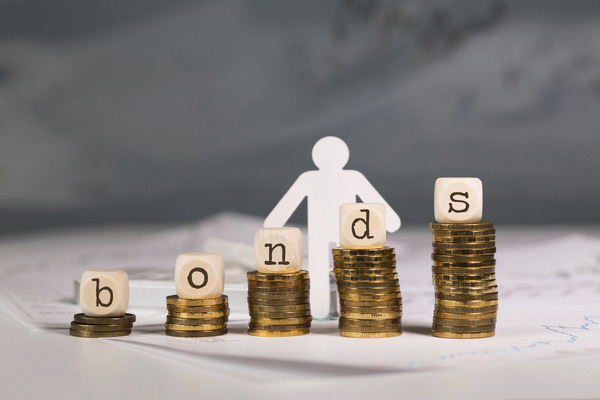I hear a lot of financial advisors (on the financial news networks) discussing how their clients like Treasury bills at current yields. The idea is that investors can safely invest in T-bills and avoid the next stock market crash.
I have some thoughts on this investment tactic, because this is not nearly as good an idea as it might sound…

The first thought is: what is the source of the money investors are now putting into T-bills? A couple of years ago, stocks were the only game in town, so it is likely that most of the money now going into T-bills was invested in the stock market in the recent past.
Since most investors trade based on greed and fear, I suspect that much of what is now going into T-bills came out of stocks after last year’s bear market. These investors bailed on stocks after seeing their accounts drop by 20%, 30%, or more. This type of investor “saved” his portfolio value by selling to lock in losses.
Financial news pundits kicked off 2023 with almost universal predictions of a recession and further stock market declines. With those expectations, investors felt smart by keeping their money in secure T-bills. Also, T-bill rates near 5% looked much better than the near zero percent in effect a couple of years ago.
Unfortunately, as is usually the case, the experts were wrong. The economy has not gone into recession. More importantly, the stock market performed very well. The S&P 500 gained 16.5% for the first half of 2023, and is up 25% from the bear market low set in October.
Buy hey! Six-month T-bills pay 5%.
Well: not exactly. Those T-bills have a yield of 5%, which means a six-month T-bill will return just 2.5% over its term. Many people struggle with investment math, and many T-bill investors will not be happy with the measly returns when they become cash earned.
From these thoughts, I hypothesize that as the T-bills mature, investors will realize they have missed out on some great stock market returns. Much of the money in T-bills will return to stock market investments.
By now, investors who craved safety after the 2022 bear market are catching FOMO (fear of missing out). The money they will invest back into the stock markets could turn into excellent second-half stock market results.
The stock market fluctuates on an evil math. Since buying and selling drive stock prices, it ends up that more shares are purchased near the top of a bull market, and the most amount of selling occurs during the lows of a bear market. The investing herd is very good at buying high and selling low.
My goal with my Dividend Hunter service was to help investors get off the stock market roller coaster. I use a strategy to build an income stream with high-yield investments. Besides earning excellent cash returns every quarter, with dividend reinvestment, the approach naturally leads to buying more shares when prices are low (and yields high) and fewer shares when the market is up.
Over the long term, following the Dividend Hunter recommendation, subscribers will earn a growing income stream and see their wealth increase.





